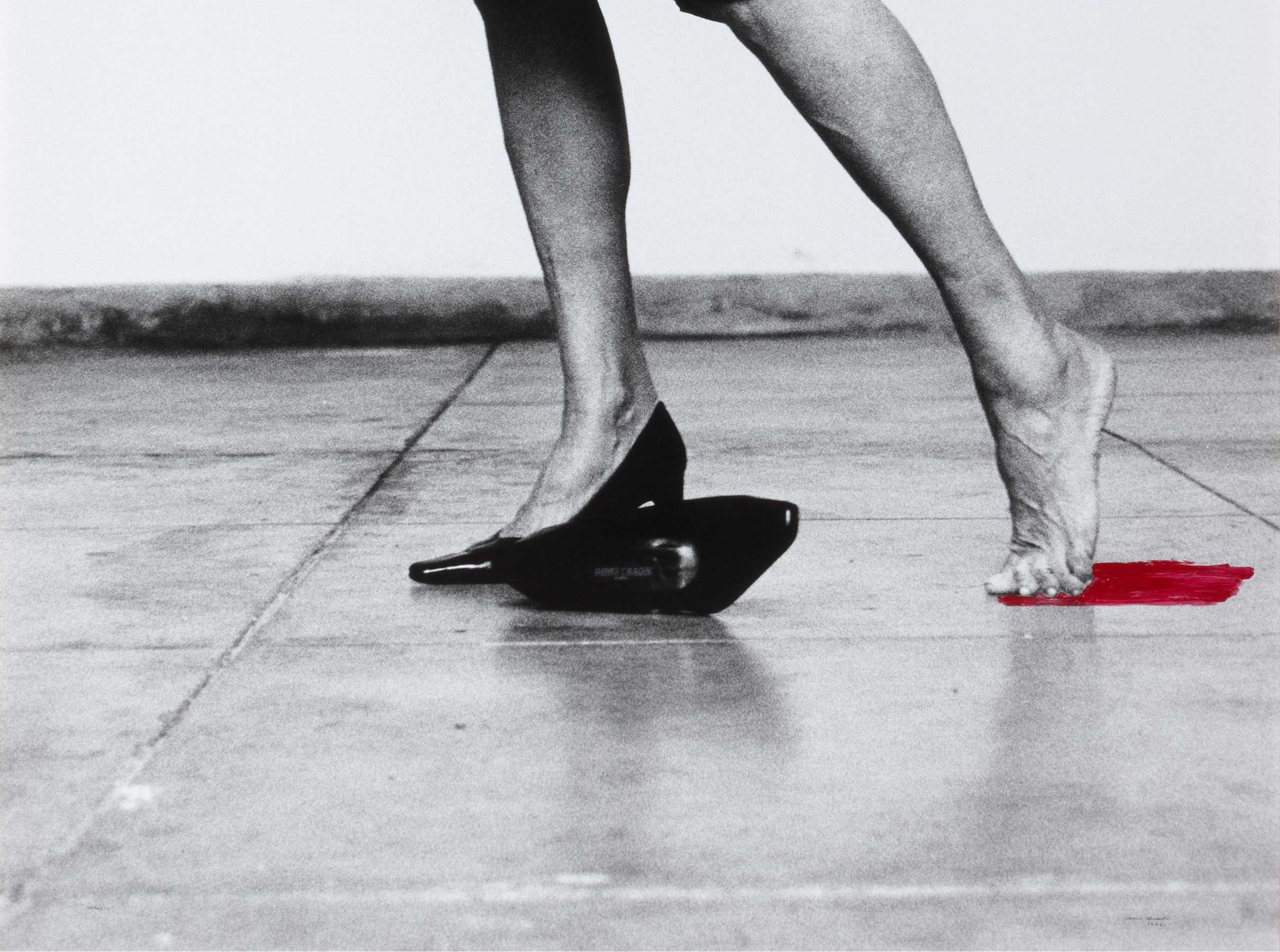La tapia del gas [The Gasworks Wall]
- 1966
- Oil on canvas
- 60 x 73 cm
- Cat. P_805
- Acquired in 2016
Very few of Alfredo Alcain’s early works are found in public collections.The Gasworks Wall (1966) is therefore unusual. It is an example of the painter’s early work, subsequently and rather hastily associated with the Spanish version of pop art. He would delve further into different types of depiction, but always in a figurative line in the 1960s. Dated 1955, years before the renaissance of figurative art in Madrid that would alter the panorama of the following decade, the work reflects an attempt to recover a dirty, urban realism that can be connected with his film training. Alcain studied film set design at the National Cinema School in Madrid and graduated in 1964. He belonged to a generation that was part of the late arrival of Italian Neorealism, its revolt again the studio system and its use of natural locations in periurban, often late industrial settings such as the one in The Gasworks Wall.
The canvas was catalogued as number 7 of the total of 35 works in Alcaín’s solo show (1 – 15 September 1967) at the Sur Gallery in Santander. That miscellany of his early work featured some of the themes that were to characterise him in later decades (such as still-lifes and front views of shop windows) along with other works, most of which are snap and general shots of places as different as Orio, Venice and Campo de Criptana, plus vague names such as Plumbing, Convent Street and this one, The Gasworks Wall. Even though the artist does not mention the specific location of the scene, it is most likely the Madrid Gasworks, built in 1848, which stood between the Ronda de Toledo and the street now known as Gasómetro. The plot has been home to a housing development and a public park since 2007 and is unrecognisable from Alcaín’s view of five decades earlier. Given that this is a place that no longer exists, the short text by Víctor Nieto Alcaide for the plaquette for the 1967 exhibition is noteworthy. It stresses the “ethnographic” view of this early Alcaín . The text is applicable to The Gasworks Wall as the embodiment of a declining economic model given the switch to the tertiary sector of the economy following Franco’s developmentalism, as an image of the moribund remains of a certain type of industrial architecture and a whole world associated with it. ‘His paintings depict a world doomed to disappear, stifled or destroyed by the very social structure at its roots. As Alcain is well aware. He has wanted to capture it, record it, with apparently ingenuous art where the ingenuity only lies in the very things that he narrates […]. They are difficult to place chronologically as they are all determined by a long tradition and the spontaneity of things that emerged with a desire for exhibitionism, luxury or novelty’.
Other works by Alfredo Alcaín

![La tapia del gas [The Gasworks Wall]](/f/webca/INF/assets/img/fff.png)